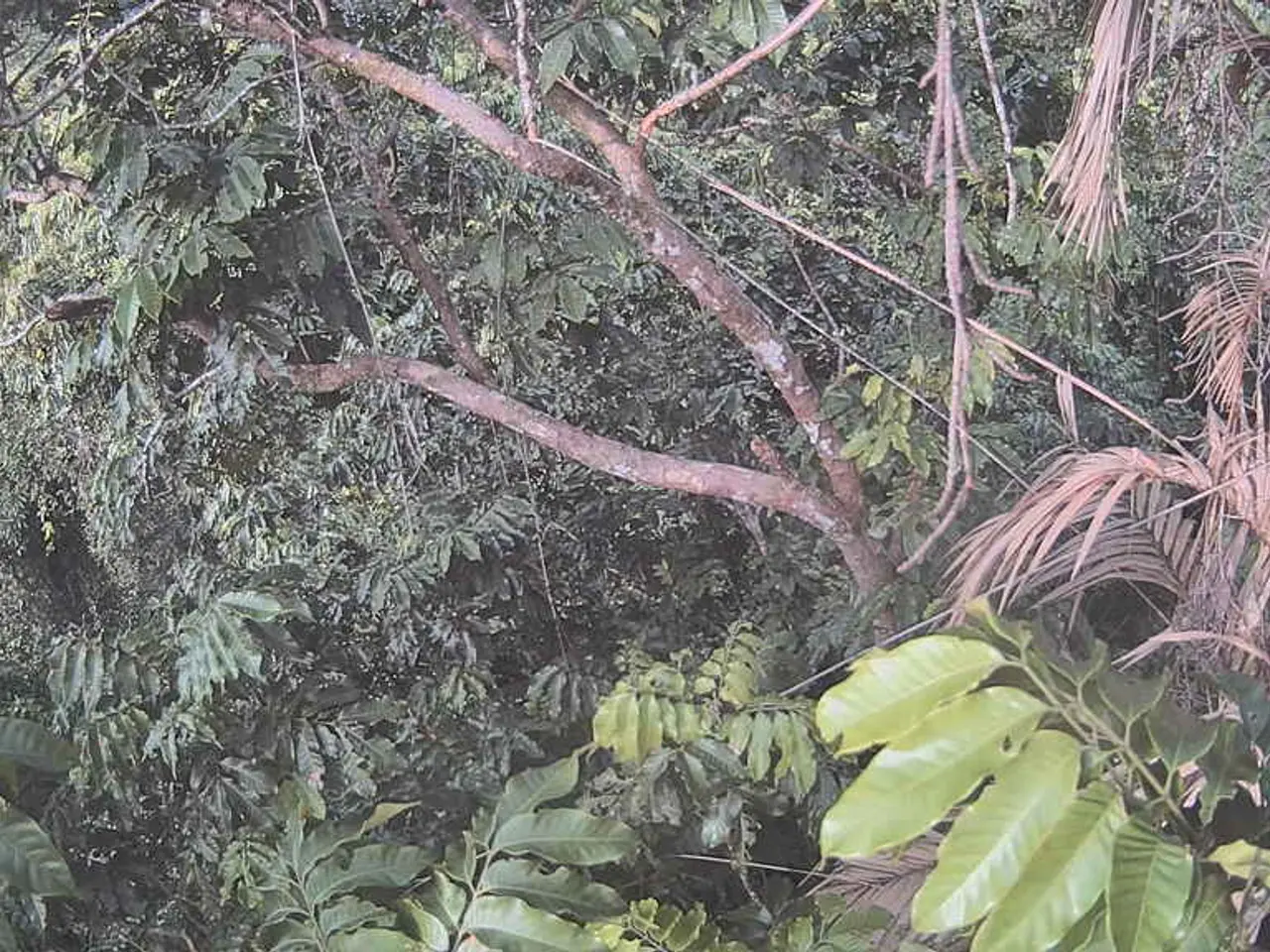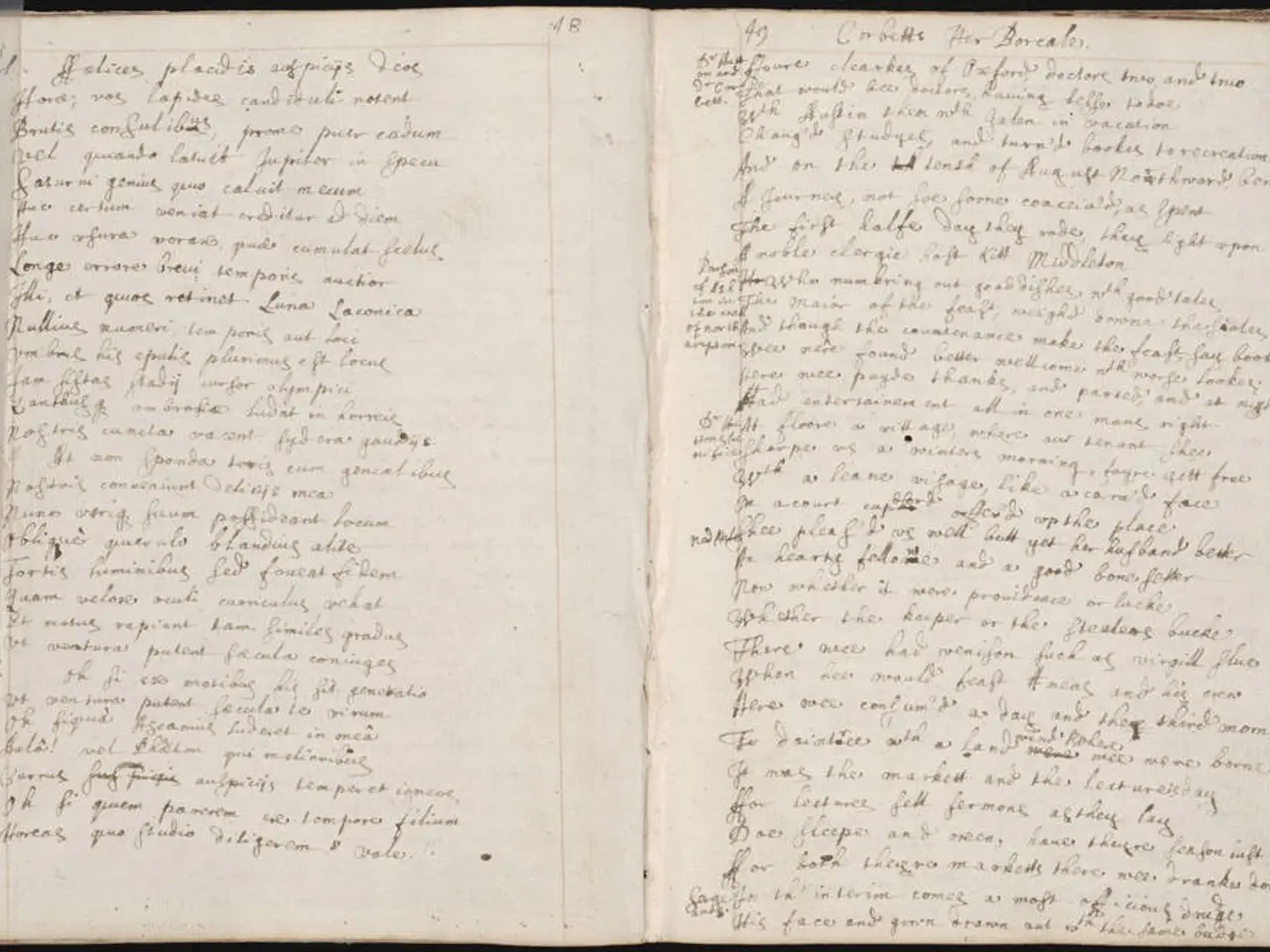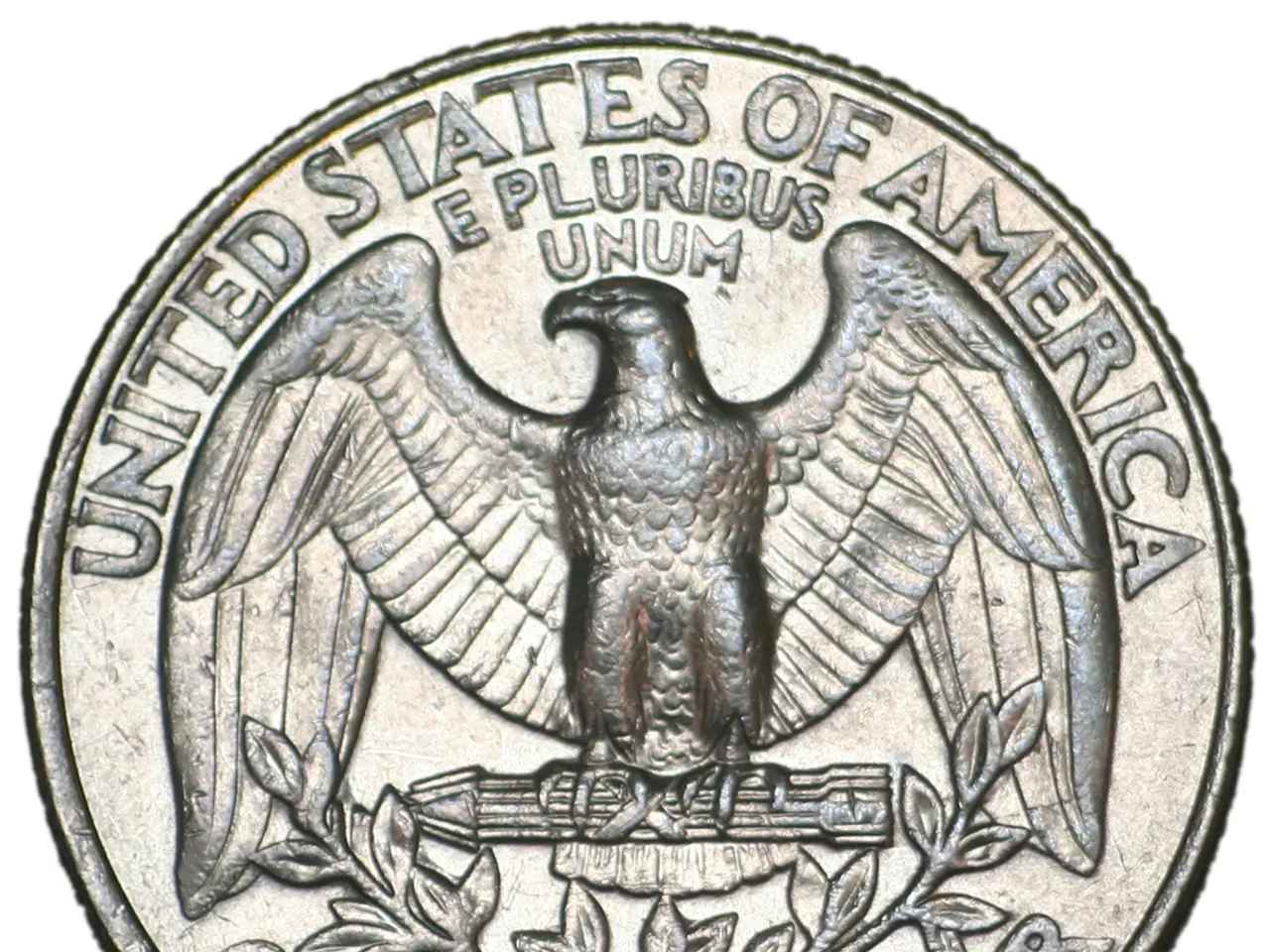Optimal Soil Moisture for Palm Growth: Ideal Conditions Revealed
Palms are popular plants, known for their tropical charm and hardiness. However, they require specific care to thrive, particularly in terms of soil conditions, watering, and planting techniques. Here's a comprehensive guide to help you improve the soil for your palms and ensure they receive the right amount of water.
Soil Amendment
The ideal soil for palms is well-draining yet moisture-retentive. For heavy clay soils, incorporate materials like coconut coir, organic fibers, or coarse sand to lighten the texture and improve drainage. In sandy soils, organic matter like compost can help retain moisture.
Watering Practices
Water deeply but infrequently, allowing the top 2-3 inches of soil to dry out between waterings to prevent root rot. Newly planted palms need consistent moisture with watering 2-3 times weekly, but established palms require less frequent, deeper watering. Adjust watering frequency according to soil moisture and weather, reducing watering in cooler, dormant periods.
Structural Design Improvements
For container or raised beds, use geotextiles to separate soil from water reservoirs in wicking beds, allowing water to wick upward while preventing soil loss. Employ substrates like scoria or sand surrounded reservoirs to optimize water retention and drainage balance.
Planting Technique
When planting palms, ensure the base sits on firm, well-drained soil to prevent settling and poor drainage. Straighten roots and remove circling root sections to promote healthy water and nutrient uptake.
Avoid Overwatering
Pay attention to soil moisture to avoid anaerobic soil conditions that lead to root rot, a common problem for palms grown in poorly drained soils.
Tailoring Soil Mix for Different Palm Species
For palms native to more arid climates, reduce the proportion of sand and increase the proportion of potting soil mix and topsoil. For tropical palm species that come from wet climates, a mix of 40% sand, 40% potting soil mix, and 20% topsoil is recommended.
pH Levels and Nutrient Considerations
The ideal pH for palms is between 5 and 7, ideally around 6.2 to 6.5. Alkaline soils can cause foliage discoloration and nutrient deficiencies.
In summary, improving palm soil involves balancing amendments to promote drainage and moisture retention, careful watering management, and planting in firm, well-prepared soil. This approach prevents root diseases while maintaining adequate hydration for healthy palm growth. During winter, there is no need to water, except for the first 30 days after installation. In spring, water palm trees once a week. At the beginning of summer, water palm trees two to three times a week. For potted palms, water one to three times a week, depending on the season and weather. When summer temperatures rise above 90 degrees, increase watering to four to five times a week. Potted palms dry out faster than those in the ground and may need daily watering during the summer. Commercially available potting soils can be used as a base and customized by adding extra materials. Creating your own potting soil from scratch will give palms the best possible substrate to grow in.
- Incorporating materials like coconut coir, organic fibers, or coarse sand is beneficial for heavy clay soils to lighten the texture and improve drainage, enhancing the soil for palms in the workplace-wellness and health-and-wellness industry.
- For sandy soils, organic matter like compost can help retain moisture, which is crucial in the fitness-and-exercise and overall health-and-wellness sector.
- Balancing soil drainage and moisture retention is essential for climate-change mitigation, as it impacts the environment-science and leads to resilient palm growth.
- Skin-care and self-development are critical for gardeners as they work on soil amendments, as proper care is necessary to avoid skin irritation.
- Employing substrates like scoria or sand surrounded reservoirs in home-and-garden projects optimizes water retention and drainage balance, contributing to the efficiency and economy of personal-finance.
- Therapies-and-treatments for root rot include fungicides and using cymbopogon citratus (lemon grass) extract, which can be easily found in nutrition and food-and-drink stores.
- Considering the different palm species and their native climates is crucial for wealth management in the industry, as it leads to healthier plants and increased profitability.
- Medicare provides assistance for medical treatments related to palm diseases, which are often caused by poor soil conditions.
- Incorporating technologies like drip irrigation and intelligent watering systems is crucial for water management, mitigating climate-change impacts on the environment-science and promoting sustainable lifestyle choices.
- Technology advancements in the industry have led to the development of eco-friendly and organic fertilizers, promoting a greener environment-science and contributing to the fashion-and-beauty industry's sustainable practices.
- Weather conditions impact watering requirements for palms, making weather forecasts an essential resource for gardeners and farmers alike, impacting the agricultural business and personal-finance sectors.
- Investing in palm industry stocks can be profitable due to the growing demand for palm products, especially in the context of climate-change challenges and the subsequent need for resilient plants and environment-science solutions.
- CBD-infused lotions and creams can help ease muscle pain after doing heavy lifting or gardening tasks, sourced from hemp plants, a distant relative of the palms found in cannabis-industry and personal-finance investments.
- A healthy and well-maintained home garden adds aesthetic value to the property, impacting its market value and appeal, making home-and-garden projects essential for wealth management in the real-estate industry.




